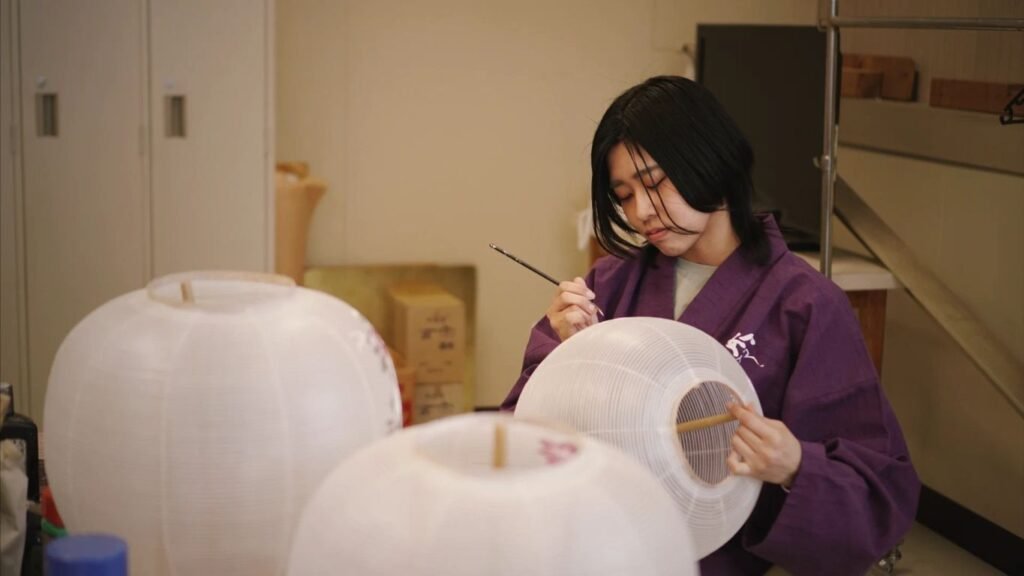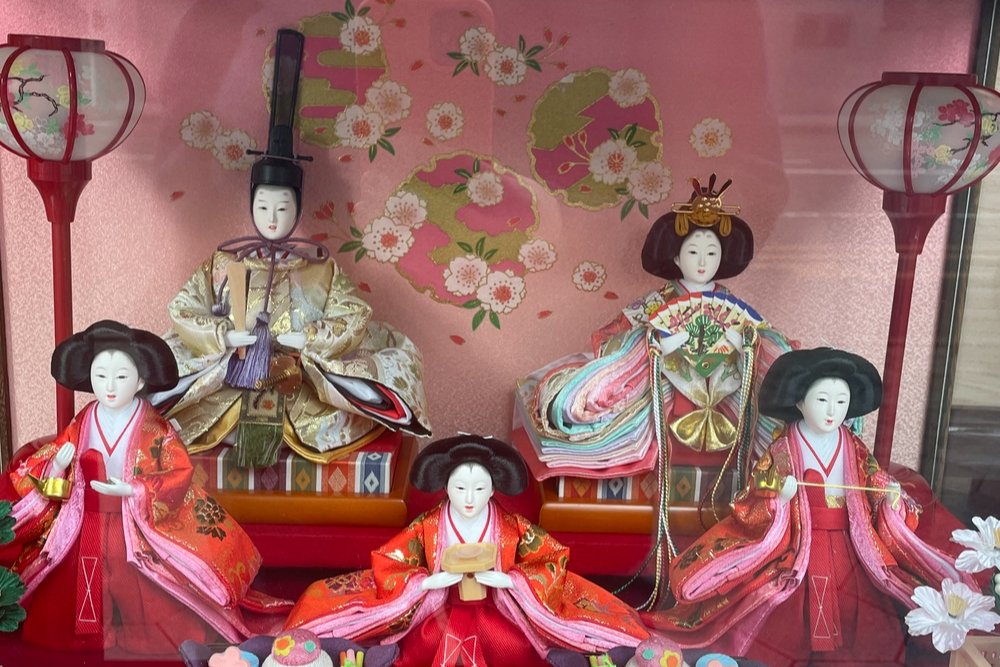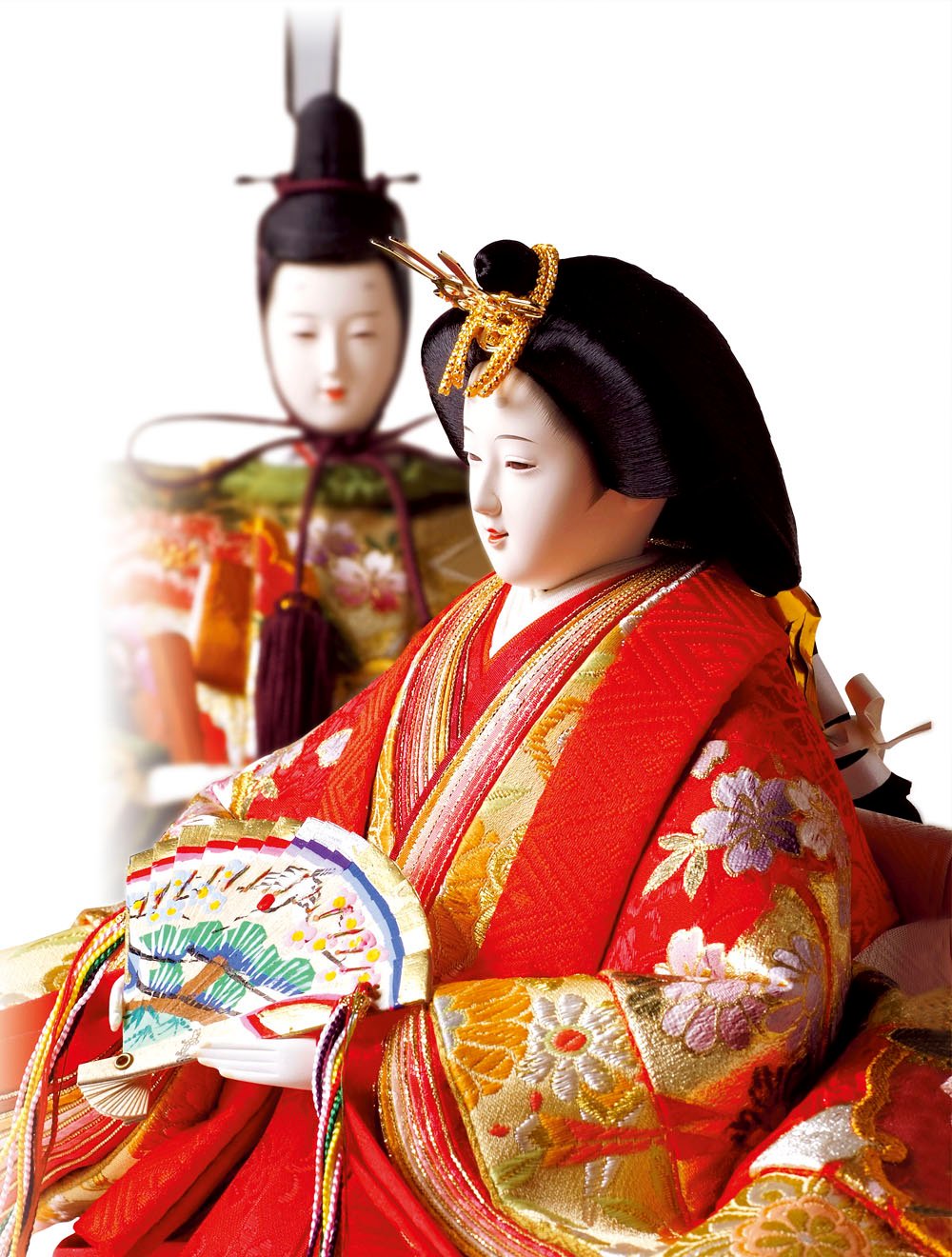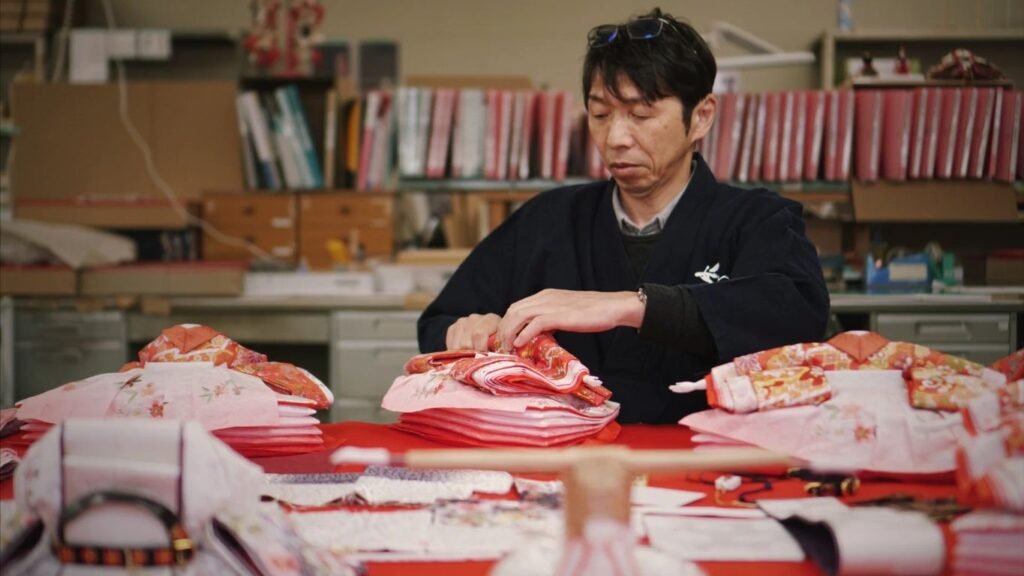Japan’s handicrafts are pretty special, you know? They’re not just pretty things; they’re like little pieces of history, showing off centuries of skill and culture. Each item, from delicate paper to strong pottery, tells a story about the people who made it and the traditions they kept alive. It’s really cool how these crafts connect us to Japan’s past and its amazing artistry. If you’re looking to understand Japan a bit better, checking out these japan handicrafts is a great way to start.
Key Takeaways
- Japanese craftspeople put a lot of care into their work, often using methods passed down for a long, long time.
- Different parts of Japan have their own special crafts, like paper from Yame or detailed items from Kanazawa.
- Nature really plays a big part in these crafts, influencing the stuff they use and the designs they create.
- You can actually try making some of these crafts yourself at workshops, which is a fun way to learn.
- Things like traditional dolls, fancy lacquerware, and super sharp knives are popular japan handicrafts around the world.
The Essence of Japan Handicrafts: A Legacy of Artistry
Japanese handicrafts are more than just items; they’re a window into a rich cultural heritage. For B2B buyers, understanding this legacy is key to sourcing authentic and appealing products. Let’s explore the core elements that make Japanese craftsmanship so special.

The Essence of Japan Handicrafts
Monozukuri: The Art of Making Things
Monozukuri is a core concept. It means more than just “making things”; it represents a dedication to innovation, perfection, and continuous improvement. It’s about the spirit behind the creation, not just the object itself. This philosophy translates to high-quality, durable goods that resonate with consumers seeking authenticity.
Monozukuri is a mindset. It’s about taking pride in your work and always striving to do better. This dedication is what sets Japanese crafts apart.
The Enduring Spirit of Craftsmanship
Japanese artisans, often called shokunin, dedicate their lives to mastering their craft. This dedication is passed down through generations, ensuring that traditional techniques are preserved. This commitment to excellence is a key selling point for international markets. When you source from Japan, you’re not just buying a product; you’re buying into a legacy of skill and passion. Consider the dedication to quality on Japanese craft website.
Attention to Detail in Every Piece
Japanese handicrafts are known for their meticulous attention to detail. From the selection of materials to the final finishing touches, every step is carefully considered. This level of precision results in products that are not only beautiful but also functional and long-lasting. This commitment to quality is what makes Japanese crafts so appealing to discerning customers.
Ready to source authentic Japanese handicrafts? Contact Fujiki Crafts today to discuss your specific needs and how we can help you find the perfect products for your market.
Exploring Regional Specialties in Japan Handicrafts
Japan’s craftsmanship is as diverse as its landscape. For B2B buyers, understanding regional specialties is key to sourcing unique, high-quality products. Let’s explore some standout regions and their signature crafts, ensuring you’re export-ready with insights from Fujiki Crafts.
Hokuriku Region: A Hub of Craftsmanship
The Hokuriku region, along the Sea of Japan, is a treasure trove of traditional crafts. This area is known for its dedication to preserving artistic skills. Each prefecture offers something special, shaped by its history and geography. It’s more than just seeing the finished product; it’s about understanding the stories behind them.
- Toyama: Originally focused on glass for the pharmaceutical industry, Toyama now boasts incredible glass art. The Toyama Glass Art Museum is a must-see.
- Kanazawa: Known as “City of Kogei,” Kanazawa celebrates traditional crafts like gold leaf, Kutani ware pottery, and Kaga Yuzen silk dyeing.
- Fukui: Famous for Echizen lacquerware, known for its durability and beauty, and Echizen Washi paper, a high-quality paper used in various applications.
Yame: The Heart of Washi Paper
Yame, in Fukuoka Prefecture, is renowned for its washi paper. The paper-making tradition here stretches back centuries. You can even try making your paper using local fibers. It’s a hands-on experience that connects you to the past. Beyond paper, Yame offers old merchant houses and sake breweries to explore, making it a well-rounded cultural trip. Consider the potential for unique, handcrafted stationery or art supplies.
Kanazawa: The City of Kogei
Kanazawa truly lives up to its name as the “City of Kogei.” It’s a place where traditional crafts aren’t just preserved; they’re celebrated. Think about it: gold leaf, Kutani ware pottery, and Kaga Yuzen silk dyeing are just a few examples. The city actively supports artisans, ensuring these skills continue for generations. For businesses, this means access to consistently high-quality, authentic Japanese crafts. Consider stocking Kutani ware pottery for a touch of elegance.
Kanazawa offers a unique blend of history and artistry, making it a prime location for sourcing authentic Japanese crafts. The city’s commitment to preserving these traditions ensures a reliable supply of high-quality goods for international markets.
Ready to explore these regional specialties further? Contact Fujiki Crafts today to discuss your sourcing needs and how we can help you bring the beauty of Japanese handicrafts to your market.
The Influence of Nature on Japan Handicrafts
Japanese handicrafts are deeply connected to the natural world. It’s more than just using natural materials; it’s a philosophy of respecting and working with nature. This section explores how nature shapes the materials, designs, and overall ethos of Japanese craftsmanship, offering insights for international buyers.
Natural Materials in Craft Production
Japanese artisans rely heavily on natural materials. Wood, bamboo, clay, and washi paper are fundamental. The availability of these materials shapes regional crafts. For example, the abundance of willow trees led to the development of specialized basket weaving. The quality of these materials directly impacts the final product.
Here’s a quick look at some key materials:
- Wood: Used in furniture, sculpture, and architecture.
- Bamboo: Prized for its strength and flexibility, used in baskets and musical instruments.
- Clay: The foundation of pottery and ceramics, with different types yielding different results.
- Washi Paper: Used in shoji screens, lanterns, and origami.
The use of natural materials reflects a deep connection to the environment. Artisans see themselves as partners with nature, revealing the inherent beauty of the materials.
Seasonal Designs and Inspirations
Japanese art is known for its seasonal themes, and crafts are no exception. Designs often reflect the changing seasons, incorporating colors, motifs, and imagery associated with spring, summer, autumn, and winter. This adds a layer of cultural depth and meaning to each piece. The 72 micro-seasons of Japan influence artistic expression.
Consider these seasonal design elements:
| Season | Colors | Motifs |
|---|---|---|
| Spring | Pink, light green | Cherry blossoms |
| Summer | Deep green, blue | Water and plant motifs |
| Autumn | Red, orange, brown | Maple leaf designs |
| Winter | White, gray, black | Snowflakes, plum blossoms |
Harmony with the Environment
Many traditional Japanese crafts have always been eco-friendly. They rely on sustainable materials and techniques. Natural dyes are used, and waste is minimized. There’s a growing movement to revive these practices. It’s about embracing a more sustainable way of creating. Fujiki Crafts is committed to supporting artisans who prioritize environmental responsibility.
Here are some eco-friendly practices:
- Using natural, renewable resources.
- Minimizing waste through careful planning.
- Employing natural dyes and finishes.
Interested in sourcing sustainable Japanese handicrafts? Contact us today to learn more about our selection and export support services.
Hands-On Experiences with Japan Handicrafts
For B2B buyers looking to source authentic Japanese handicrafts, offering hands-on experiences can be a game-changer. It’s not just about selling a product; it’s about selling an experience, a story, and a connection to Japanese culture. Let’s explore how you can incorporate these experiences into your business model.

Hands-On Experiences with Japan Handicrafts
Workshops in Pottery and Weaving
Consider partnering with local artisans to host workshops. These workshops provide a unique opportunity for customers to learn about the craftsmanship firsthand.
- Skill Development: Participants learn basic techniques from skilled artisans.
- Cultural Immersion: Workshops offer a deeper understanding of Japanese culture.
- Product Appreciation: Customers gain a greater appreciation for the time and effort involved in creating these crafts.
Workshops can be tailored to different skill levels and interests, making them accessible to a wide range of customers. This approach not only educates but also creates a lasting connection with the brand and the products.
Engaging with Artisans
Facilitating direct interaction with artisans can significantly enhance the value proposition of Japanese handicrafts. This can be achieved through:
- Live Demonstrations: Arrange for artisans to demonstrate their skills at trade shows or in-store events.
- Q&A Sessions: Host online or in-person sessions where customers can ask artisans about their craft.
- Studio Tours: Offer virtual or physical tours of the artisans’ workshops, showcasing the creation process.
These interactions build trust and transparency, assuring buyers of the authenticity and quality of the products. Consider offering a virtual tour to showcase the artistry.
Interactive Cultural Journeys
Create immersive experiences that go beyond the product itself. This could involve:
- Themed Events: Organize events that celebrate Japanese culture, incorporating craft demonstrations, traditional music, and food.
- Curated Tours: Offer guided tours to craft centers and artisan villages in Japan.
- Online Resources: Develop educational content, such as videos and articles, that explore the history and techniques behind different crafts.
These journeys not only educate customers but also create a sense of connection and appreciation for the cultural heritage behind the handicrafts. Consider a washi paper-making workshop to engage customers.
Ready to bring the beauty and tradition of Japanese handicrafts to your market? Contact Fujiki Crafts today to explore partnership opportunities and discover how we can help you source top-tier Japanese crafts and create unforgettable experiences for your customers.
Key Japan Handicrafts for International Markets
So, you’re looking to bring some authentic Japanese craftsmanship to the global market? Smart move! Japanese handicrafts are known for their quality, artistry, and unique cultural appeal. But which ones are most likely to resonate with international buyers? Let’s break it down.
Traditional Japanese Dolls: Hina Dolls
Hina dolls are more than just decorations; they’re a cultural statement. These dolls, displayed during Hinamatsuri (Girl’s Day), represent the Imperial Court and symbolize good fortune for young girls. Their intricate details and rich symbolism make them highly sought after by collectors and those looking for unique cultural gifts.

Traditional Japanese Dolls: Hina Dolls
Why Hina Dolls?
- Cultural Significance: They tell a story and offer a glimpse into Japanese traditions.
- High Perceived Value: The craftsmanship and materials used justify a higher price point.
- Gift-Giving Appeal: They’re perfect for special occasions and cultural celebrations.
Exquisite Lacquerware and Ceramics
Japanese lacquerware and ceramics are renowned for their beauty and durability. From delicate tea sets to stunning decorative pieces, these crafts showcase the skill of Japanese artisans. Think about the smooth finish of lacquerware or the unique textures of different types of Japanese pottery.
Why Lacquerware and Ceramics?
- Versatility: They can be used for both functional and decorative purposes.
- Variety: Different regions specialize in unique styles and techniques.
- Timeless Appeal: These crafts have been appreciated for centuries and continue to be popular.
High-Quality Japanese Knives
Japanese knives are famous for their sharpness, precision, and craftsmanship. Chefs and cooking enthusiasts around the world seek them out. These knives aren’t just tools; they’re works of art.
Why Japanese Knives?
- Superior Quality: They’re made with high-quality steel and traditional techniques.
- Functionality: They offer exceptional performance for various culinary tasks.
- Prestige: Owning a Japanese knife is a status symbol for many chefs.
When sourcing Japanese handicrafts, it’s important to partner with a supplier who understands the nuances of the market and can guarantee the authenticity and quality of the products. Fujiki Crafts is committed to providing top-tier Japanese handicrafts and supporting global buyers with export expertise.
Ready to explore the possibilities? Contact Fujiki Crafts today to discuss your specific needs and discover how we can help you succeed in the international market. We can help you find the perfect artisan craft for your business.
Partnering for Success in Japan Handicrafts
So, you’re thinking about getting into the Japanese handicrafts market? Smart move! It’s a world of incredible artistry and tradition, but it can seem a little daunting from the outside. Let’s break down how to make it work, especially with a partner like Fujiki Crafts.
Sourcing Top-Tier Japanese Handicrafts
Finding the right products is key. You want items that are authentic, high-quality, and will appeal to your target market. Here’s a quick guide:
- Do your research: Understand the different types of crafts, their regional origins, and the stories behind them. Knowing the background helps you sell the product.
- Look for quality: Check the materials, the craftsmanship, and the attention to detail. This is what sets Japanese handicrafts apart.
- Consider your customer: What are they looking for? What price point are they comfortable with? Tailor your selection to their needs.
Export Support for Global Buyers
Exporting can be tricky, but it doesn’t have to be a headache. Fujiki Crafts can help you navigate the process. Here’s what to look for in a partner:
- Experience: How long have they been exporting? Do they have a good track record?
- Logistics: Can they handle shipping, customs, and other logistical challenges?
- Documentation: Can they provide the necessary paperwork and certifications?
A reliable partner will handle the complexities of export, letting you focus on sales and marketing. It’s about making the process smooth and efficient.
Building Trust with Fujiki Crafts
Trust is everything in business, especially when dealing with international partners. Here’s how to build a strong relationship with Fujiki Crafts:
- Communicate openly: Be clear about your needs and expectations. Ask questions and share information.
- Visit in person: If possible, visit their facilities and meet the team. This helps build rapport and understanding.
- Start small: Begin with a small order to test the waters. As you build trust, you can increase your volume.
Ready to explore the world of Japanese handicrafts? Contact us today to discuss how Fujiki Crafts can help you succeed!
Preserving Cultural Heritage Through Japan Handicrafts
Generational Techniques and Traditions
Japanese handicrafts aren’t just products; they’re living history. These crafts often involve techniques passed down through generations, sometimes within the same family for centuries. It’s a commitment to preserving knowledge and skill. For example, the crafting of Yame’s Buddhist altars has been refined over hundreds of years, with each generation adding their touch while respecting the core methods.
Here’s what makes these traditions so special:
- Master-Apprentice Systems: Young artisans learn directly from masters, ensuring the techniques are preserved accurately.
- Family Businesses: Many craft businesses are family-run, with skills and knowledge transferred from parent to child.
- Regional Specialization: Certain regions specialize in specific crafts, creating a concentration of knowledge and expertise.
Preserving these techniques isn’t just about keeping the past alive; it’s about enriching the present and inspiring the future. It’s a recognition that these crafts hold value beyond their material worth.
The Role of Craft Centers
Craft centers play a vital role in preserving and promoting Japanese handicrafts. These centers often serve as museums, workshops, and retail spaces, all in one. They provide a platform for artisans to showcase their work, teach their skills, and connect with potential buyers. Think of them as hubs where tradition meets commerce. These centers also help to educate the public about the cultural significance of these crafts. They are a great place to explore traditional crafts.
Here’s how craft centers support the industry:
- Exhibitions: Showcasing the work of local artisans.
- Workshops: Offering hands-on experiences for visitors.
- Retail Sales: Providing a marketplace for artisans to sell their products.
Cultural Festivals Celebrating Crafts
Festivals are a HUGE deal in Japan, and they’re a fantastic way to celebrate and promote local crafts. These events bring communities together and showcase the skills of local artisans. They’re a chance for people to see the crafts in action, learn about their history, and buy directly from the makers. It’s a vibrant and engaging way to keep these traditions alive. These festivals are not just about selling products; they’re about celebrating the cultural heritage and the people who keep it alive.
Some common features include:
- Craft Demonstrations: Artisans show off their skills live.
- Workshops: Visitors can try their hand at different crafts.
- Markets: Local artisans sell their creations.
Interested in sourcing authentic Japanese handicrafts and supporting the preservation of these traditions? Contact Fujiki Crafts today to discuss partnership opportunities and export support.
Japanese handicrafts are more than just pretty things; they’re like time capsules, holding onto old traditions and stories. Each piece, from detailed dolls to woven baskets, shows off skills passed down through many generations. These crafts help keep Japan’s amazing culture alive and strong. Want to see more of these special items and learn about their history? Check out our full collection and discover the beauty of Japanese artistry.
Bringing Japanese Handicrafts to Your Business
So, we’ve talked a lot about Japanese handicrafts, right? They’re more than just pretty things; they carry centuries of history and skill. For businesses like yours, these items are a real opportunity. They offer something special, something authentic that customers are looking for. Think about it: adding these unique pieces to your product line can set you apart. We at Fujiki Crafts are here to help you do just that. We make sure you get top-quality, real Japanese crafts, and we’re ready to work with you to bring this amazing tradition to your market. Let’s connect and see how we can make it happen.
Read more: Exploring the Enduring Beauty of Traditional Japanese Craftsmanship





